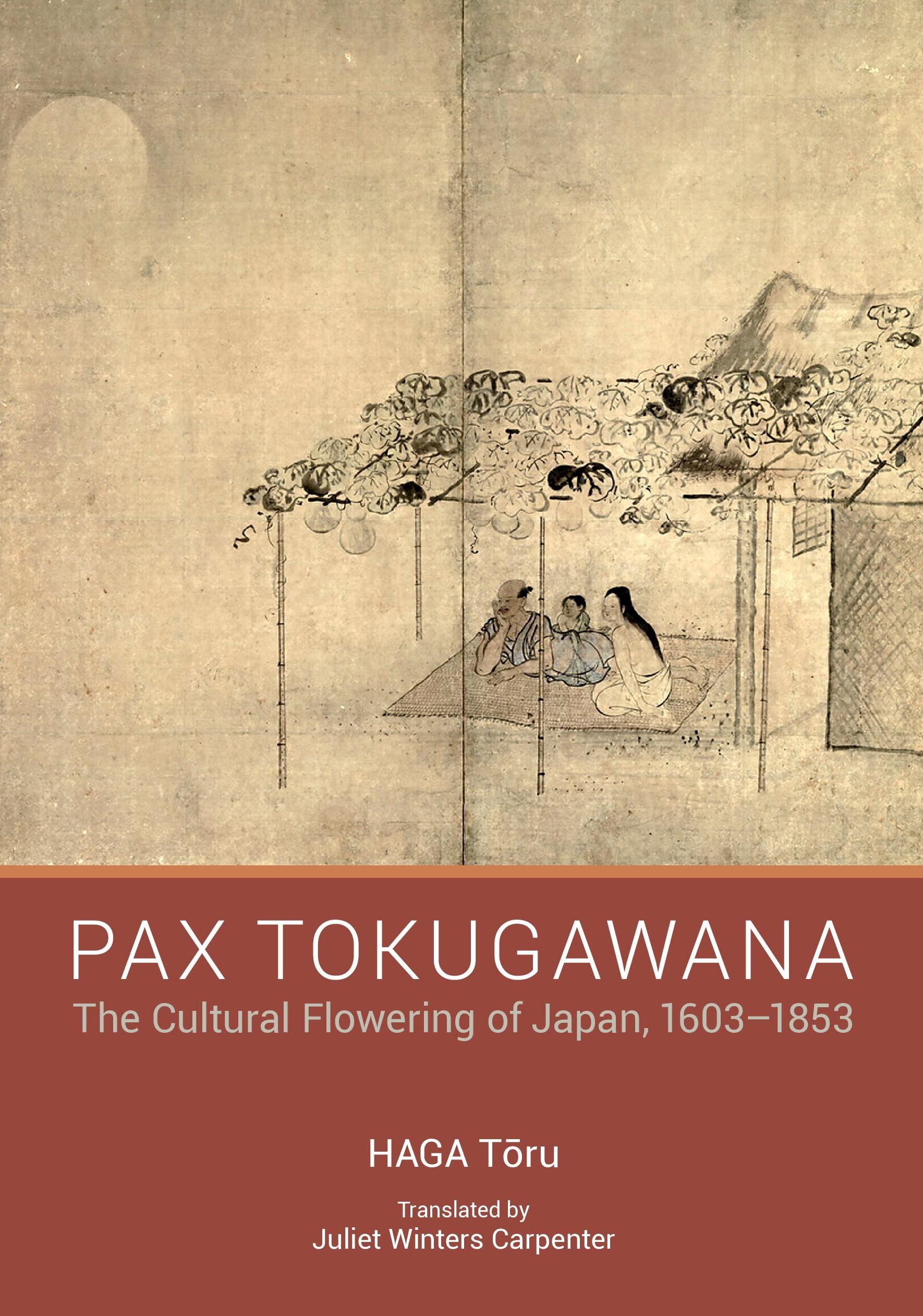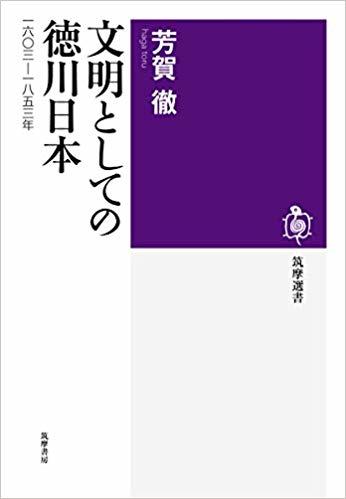When thinking about Tokugawa Japan, some people always envision fancy Edo exotica; others conjure up a dark age of stagnation and gloom; still others reject these extremes and look only for keys to Japan’s swift modernization.
Yet Tokugawa Japan was in fact a time of immense cultural flowering: there was the Rimpa school of art developed by Tawaraya Sōtatsu and Ogata Kōrin; remarkable haiku by Matsuo Bashō and Yosa Buson; groundbreaking natural science treatises by Kaibara Ekiken and others; seminal writings like Arai Hakuseki’s Tidings of the West (Seiyō kibun) and Sugita Gempaku’s Dawn of Western Science in Japan (Rangaku kotohajime); and the appearance of such towering intellectuals as Watanabe Kazan and Hiraga Gennai. In fact, the Tokugawa period marked the zenith of Japan’s long history of cultural achievements.
This ambitious work provides a comprehensive review of those two and a half centuries of peace—what the author calls the “Pax Tokugawana”—and the expansion of learning and culture during those years. Marshalling wide-ranging scholarship and unflagging enthusiasm, the author has made a major contribution to comparative cultural studies and provided fresh ways to approach long-accepted ideas. This volume represents the culmination of a lifetime’s research by a brilliant, award-winning scholar.



